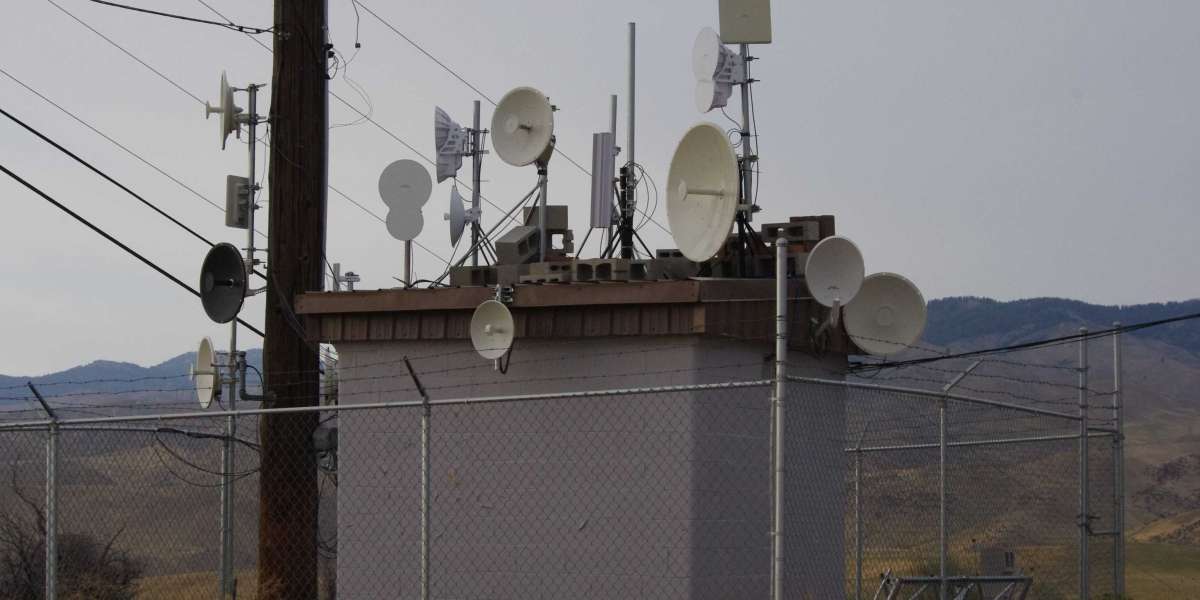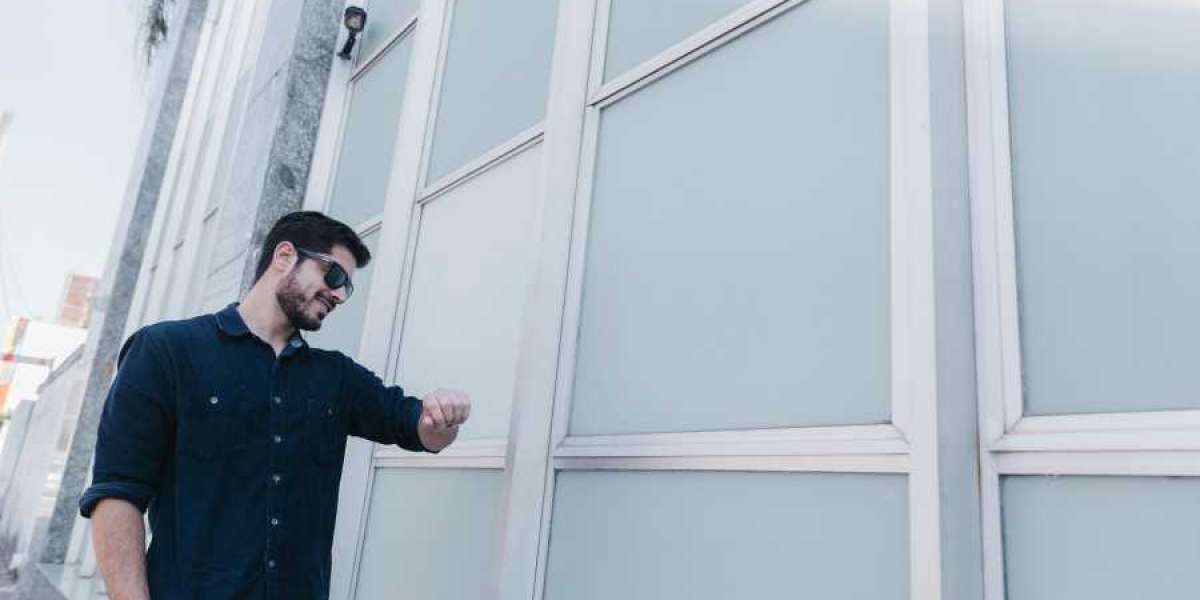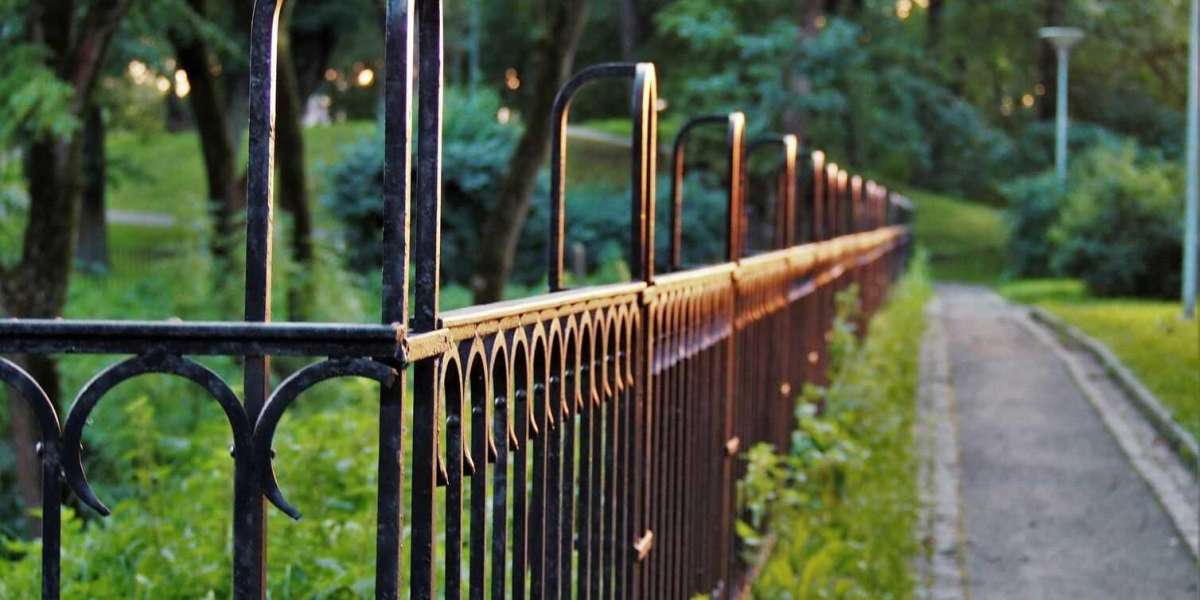In an age where digital streaming services are becoming the norm, traditional TV antennas remain a viable option for accessing free-to-air broadcasts. Whether you're cutting the cord or simply looking to improve the reception of your current setup, several TV antenna accessories can significantly enhance picture quality. This guide will walk you through various tools and accessories that can help you achieve the best picture quality possible from your TV antenna.
Antenna Amplifiers
Types of Amplifiers
Antenna amplifiers, also known as signal boosters, are designed to enhance the signal received by your TV antenna. There are two main types of amplifiers:
- Pre-amplifiers: Installed close to the antenna, they boost the signal right from the source, minimizing signal loss over the coaxial cable.
- Distribution amplifiers: Used within your home, these devices boost the signal distributed to multiple TVs, ensuring that each set receives a strong signal.
When to Use Amplifiers
Amplifiers are particularly useful in areas with weak signals due to distance from broadcast towers or obstructions such as buildings and trees. However, it’s crucial to note that amplifiers can also amplify noise, potentially degrading the picture quality if not used correctly.
Choosing the Right Amplifier
When selecting an amplifier, consider the following factors:
- Gain: Measured in decibels (dB), it indicates how much the signal strength is boosted. A higher gain isn’t always better; too much gain can overload the tuner.
- Noise Figure: A lower noise figure means the amplifier will introduce less noise to the signal, preserving the picture quality.
- Compatibility: Ensure the amplifier is compatible with your antenna and TV setup, including the frequency range (VHF/UHF) it supports.
Coaxial Cables
Quality of the Cable
The quality of the coaxial cable connecting your antenna to your TV can significantly impact signal strength and, consequently, picture quality. High-quality cables have better shielding, reducing signal loss and interference.
Cable Types
- RG6: The most commonly recommended type for TV antennas due to its good shielding and durability.
- RG11: Offers even better performance over long distances but is thicker and less flexible.
- Quad-shielded cables: Provide additional layers of shielding, further reducing signal interference.
Proper Installation
Ensure that cables are properly installed, with tight, secure connections to prevent signal leakage. Avoid running cables near power lines or other electronic devices that may cause interference.
Signal Meters
Purpose of Signal Meters
Signal meters help in finding the optimal placement for your TV antenna by measuring the signal strength of different broadcast channels. This tool is invaluable when aiming for the best picture quality, especially in areas with varying signal strength.
Types of Signal Meters
- Basic meters: Simple devices that indicate signal strength through a needle or LED lights.
- Advanced meters: Offer detailed information on signal quality, strength, and even direction, helping to pinpoint the best antenna position.
Using Signal Meters
To use a signal meter, connect it between your antenna and TV, then adjust the antenna position based on the readings. Higher signal strength generally correlates with better picture quality.
Mounting Hardware
Antenna Mounts
The right mounting hardware ensures that your antenna is securely positioned for optimal reception. Types of mounts include:
- Roof mounts: Provide the highest elevation, typically yielding the best reception.
- Wall mounts: Useful for side walls or when roof mounting isn’t an option.
- Attic mounts: Suitable for indoor antennas, offering protection from the elements but potentially slightly weaker signals.
Masts and Poles
Antenna masts and poles help elevate the antenna, improving line-of-sight with broadcast towers. When choosing a mast or pole, consider the height and material (aluminum or steel) for durability and stability.
Installation Tips
Ensure the antenna is pointed towards the broadcast towers and securely fastened to withstand wind and weather. Regularly check and maintain the mounts and poles to prevent them from becoming loose or damaged.
Surge Protectors
Importance of Surge Protectors
Surge protectors safeguard your TV and antenna setup from voltage spikes, which can occur due to lightning strikes or power surges. These spikes can damage electronic components, leading to poor picture quality or complete equipment failure.
Types of Surge Protectors
- Basic surge protectors: Offer basic protection and are typically used for indoor setups.
- Coaxial surge protectors: Designed specifically for antennas, they protect the coaxial cable from surges while maintaining signal integrity.
Installation
Install surge protectors at the point where the coaxial cable enters your home and where it connects to your TV or amplifier. This dual-layer protection helps prevent damage from external and internal surges.
Rotators
What Are Rotators?
Rotators are motorized devices that allow you to remotely adjust the direction of your antenna. They are especially useful in areas where signals come from multiple directions.
Benefits of Using Rotators
With a rotator, you can fine-tune your antenna's position to receive the best signal from each broadcast tower without manually repositioning it. This flexibility can significantly enhance picture quality for different channels.
Choosing a Rotator
When selecting a rotator, consider the following:
- Control mechanism: Some rotators come with remote controls, while others are operated via a control box connected to your TV.
- Rotation range: Ensure the rotator can turn a full 360 degrees for maximum flexibility.
- Load capacity: The rotator should be able to handle the weight and wind load of your antenna.
Baluns and Matching Transformers
Purpose of Baluns
Baluns (Balanced-Unbalanced transformers) and matching transformers are used to connect an antenna with balanced signals to a coaxial cable with unbalanced signals. This conversion ensures minimal signal loss and interference.
Types of Baluns
- Indoor baluns: Used within the home, typically behind the TV.
- Outdoor baluns: Weatherproof and used at the antenna, often providing better performance by reducing signal loss over long cable runs.
Installation Tips
Ensure the balun is properly connected and weather-sealed if used outdoors. Check for corrosion or damage periodically, as this can affect signal quality.
Filters
Why Use Filters?
Filters can help eliminate unwanted signals and interference that can degrade picture quality. Common types of filters include:
- LTE/4G filters: Block interference from mobile phone signals, which can affect TV reception.
- FM filters: Remove interference from FM radio signals, beneficial if you live near a radio tower.
Choosing and Installing Filters
Select a filter based on the type of interference you are experiencing. Install the filter in line with the coaxial cable, preferably close to the antenna or the amplifier, to effectively block unwanted signals.
Antenna Grounding Kits
Importance of Grounding
Grounding your TV antenna is crucial for safety and signal quality. A properly grounded antenna reduces the risk of electrical surges from lightning strikes and static buildup.
Components of Grounding Kits
A grounding kit typically includes:
- Grounding block: Connects the coaxial cable to a ground wire.
- Ground wire: Runs from the grounding block to a grounding rod.
- Grounding rod: Driven into the ground, providing a path for electrical surges.
Installation Tips
Follow local electrical codes and guidelines for grounding. Ensure all connections are secure and that the ground wire is as short and direct as possible to minimize resistance.
Achieving the best picture quality from your TV antenna involves more than just the antenna itself. Utilizing the right antenna accessories such as amplifiers, high-quality coaxial cables, signal meters, and proper mounting hardware, can significantly enhance your reception. Additionally, protecting your setup with surge protectors, grounding kits, and using filters to eliminate interference will ensure a clear and stable signal. By carefully selecting and installing these accessories, you can enjoy crisp, high-definition TV broadcasts without the need for expensive cable or satellite services.








